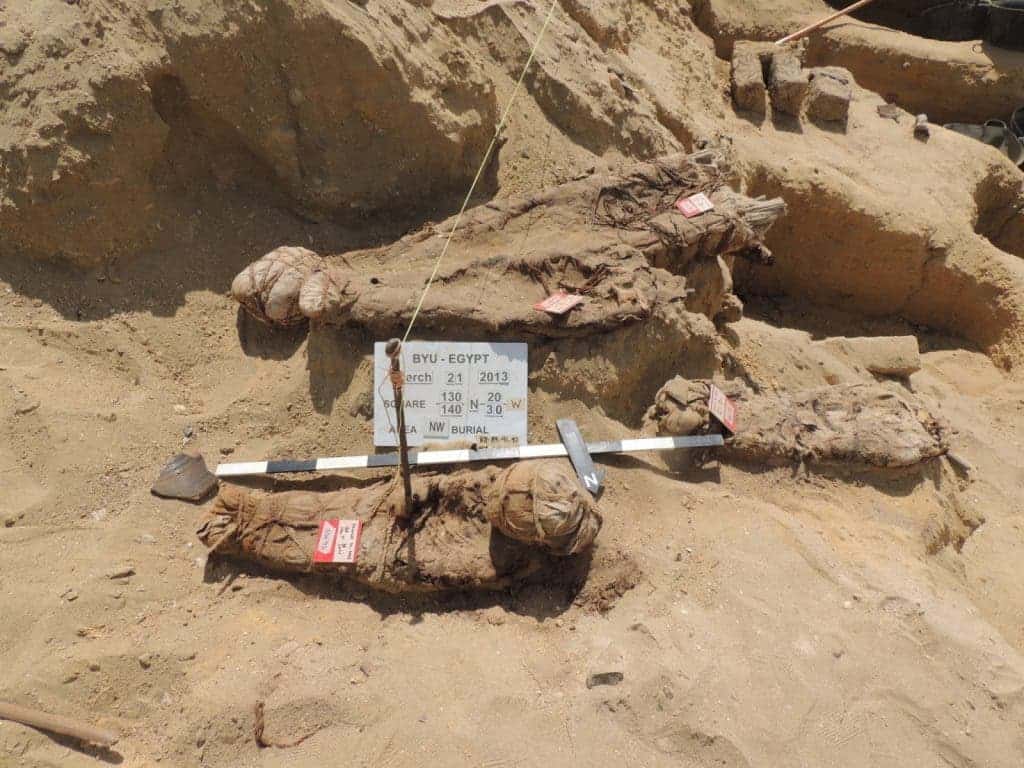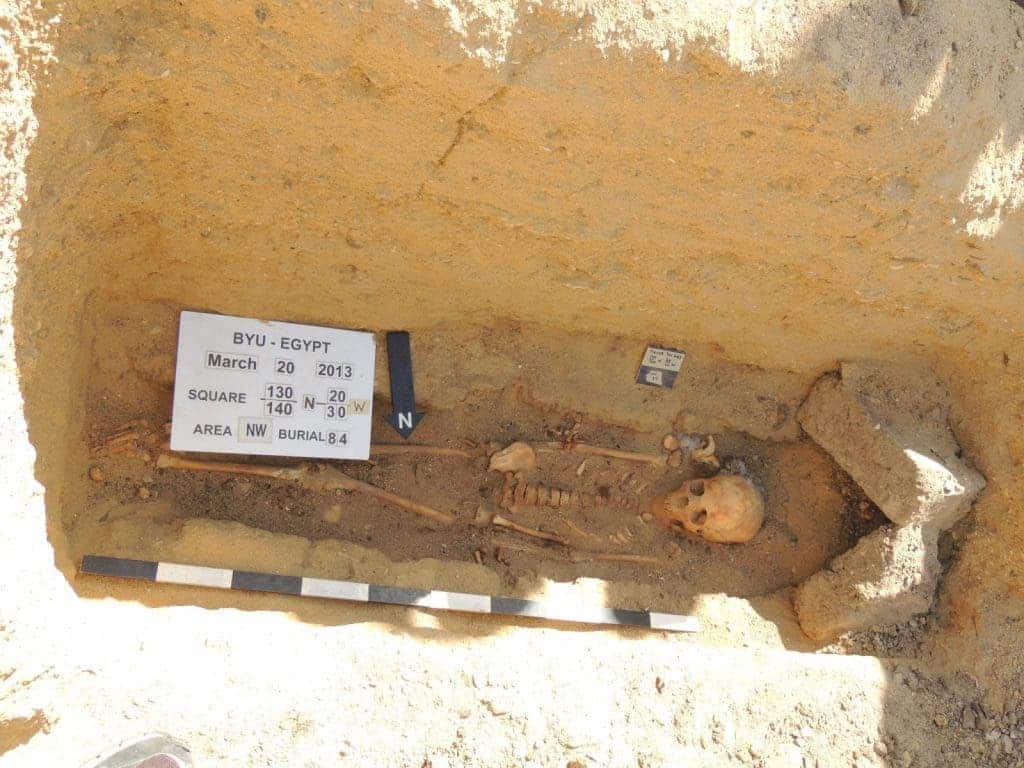Over the years, many exciting discoveries have been made in Egypt – so many that most people have this idea that there is not much you can find in terms of Egyptian Archaeology. This recent find proves them as wrong as it gets: over a million mummies have been discovered in an ancient Egyptian cemetery, scientists report.
A million mummies

The Fag el-Gamous (“Way of the Water Buffalo”) cemetery has been the subject of excavation and study for over three decades, and it is believed that the cemetery served as a mass grave for poor people living when the Roman Empire controlled Egypt. Most of the mummies come from the 1st century to the 7th century A.D., and are aligned along a nearby pyramid which was built several centuries before the cemetery was established. Now, archaeologists report that the cemetery actually has over 1 million mummies.
“We are fairly certain we have over a million burials within this cemetery. It’s large, and it’s dense,” Project Director Kerry Muhlestein, an associate professor in the Department of Ancient Scripture at Brigham Young University, said in a paper he presented at the Society for the Study of Egyptian Antiquities Scholars Colloquium, which was held last month in Toronto.
Mummification is one of the defining customs in ancient Egyptian society for people today. The practice of preserving the human body is believed to be a quintessential feature of Egyptian life, but it was also a symbol of status. Since the cemetery was constructed for poorer people, people buried there often didn’t have a coffin or were laid without a plaque with the name or any valuable goods. However, despite their low status, archaeologists found that many people were buried with beautiful items, including linen, glass and even colorful booties.
“A lot of their wealth, as little as they had, was poured into these burials,” Muhlestein said.
Indeed, burial played a key role in Egyptian society. But even so, these weren’t what you would generally call mummies. The internal organs weren’t removed like in traditional mummification, and the entire process was left to the mood of the arid climate.

“I don’t think you would term what happens to these burials as true mummification,” Muhlestein said. “If we want to use the term loosely, then they were mummified.”
Endless Stories
We still don’t know exactly where those people came from – after all, you’re talking about a million people spanning across seven centuries. The nearby village seems to small to amount for all the people buried there, so the cemetery was likely used by people from other parts of Egypt too. There is an ancient town named Philadelphia (so named after King Ptolemy II Philadelphus) not far away, but that town has burial sites of its own. This will be one of the biggest questions archaeologists have to answer.
But in terms of research, this is an endless trove – every grave tells its own stories. For example, one of the mummies was over 7 feet tall (2.1 meters), so he didn’t fit in the shaft; the graveyard workers had to bend him in half and toss him in like that. This is an extraordinary height, especially considering that ancient Egyptians generally had a very bad nutrition. The remains of a child, laid to rest more than 1,500 years ago were also found, wrapped in a tunic and wearing a necklace with two bracelets on each arm.
Of course, you have one million mummies, so you can go on and on about their stories for ages. For example, archaeologists found that blond and redhead people tended to be buried in one place of the cemetery. While working on a database for all the burials, scientists found that there were clusters in the cemetery, for blonds and redheads. These clusters are interesting because they suggest “perhaps we have family areas or genetic groups [in certain areas], but we’re still trying to explore that,” Muhlestein said.






